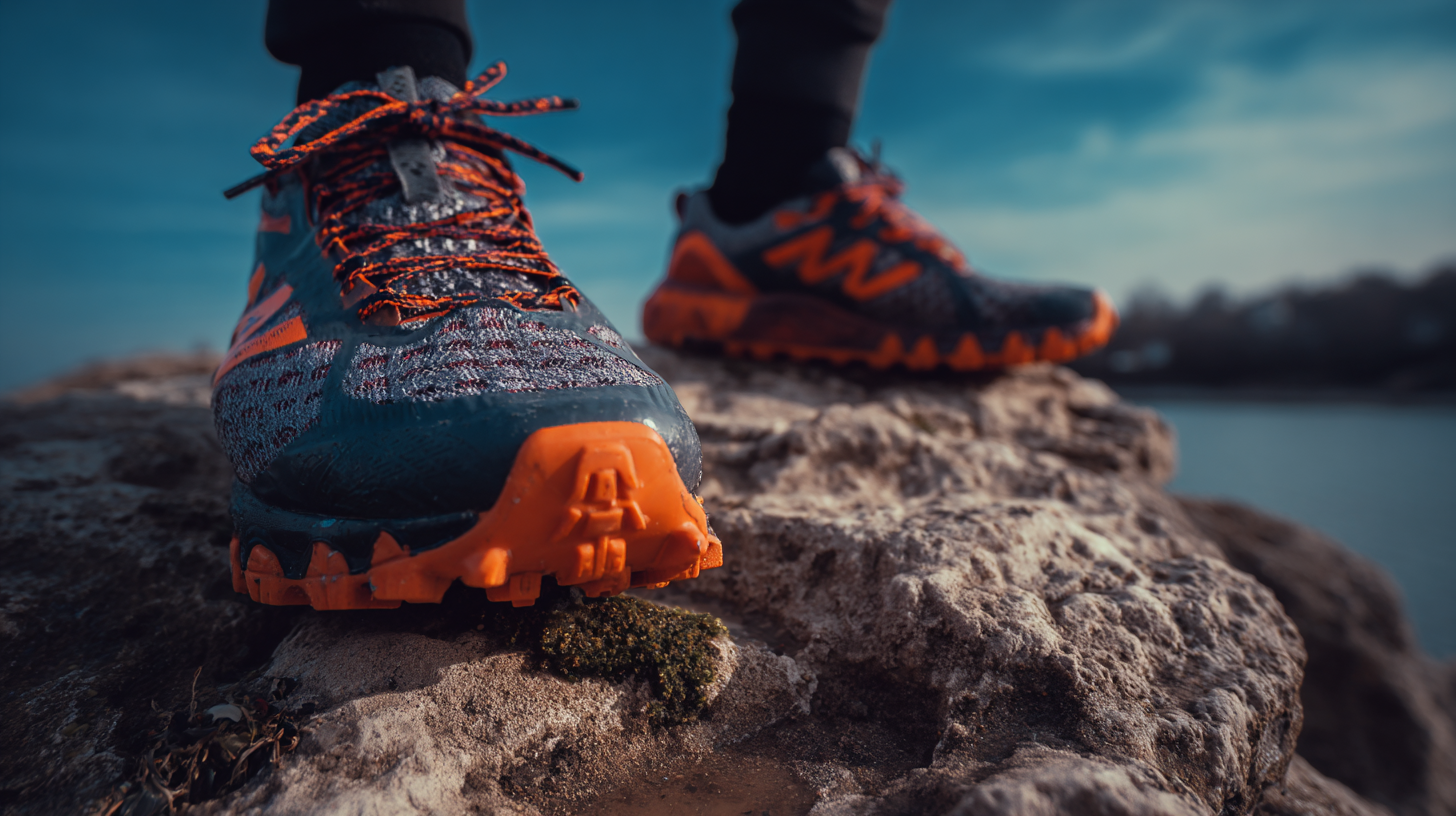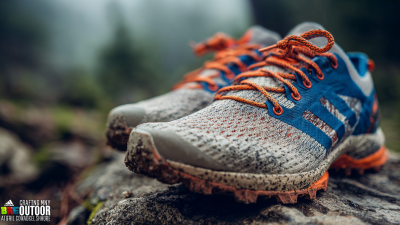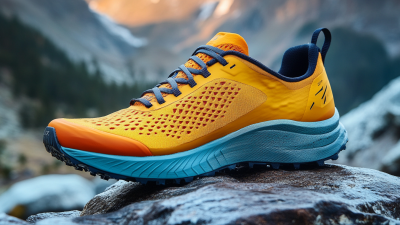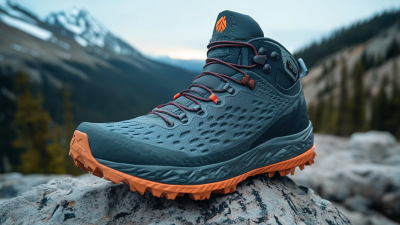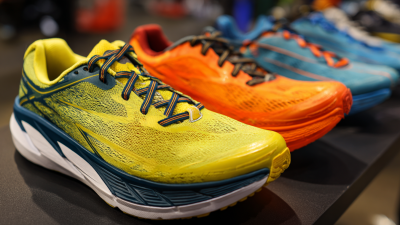
When it comes to enhancing your running performance while enjoying the great outdoors, the right footwear can make all the difference. Outdoor running shoes are specifically designed to tackle diverse terrains, providing the necessary support, cushioning, and grip to keep you comfortable and safe on your runs. Whether you're hitting the trails, navigating rugged landscapes, or simply jogging in the park, choosing the best outdoor running shoes is crucial for optimizing your experience. In this guide, we will explore the top seven outdoor running shoes that combine innovative technology with comfort and durability, helping you elevate your performance and embrace the joy of running in nature. Get ready to discover the perfect pair that will transform your outdoor adventures and keep you motivated every step of the way.
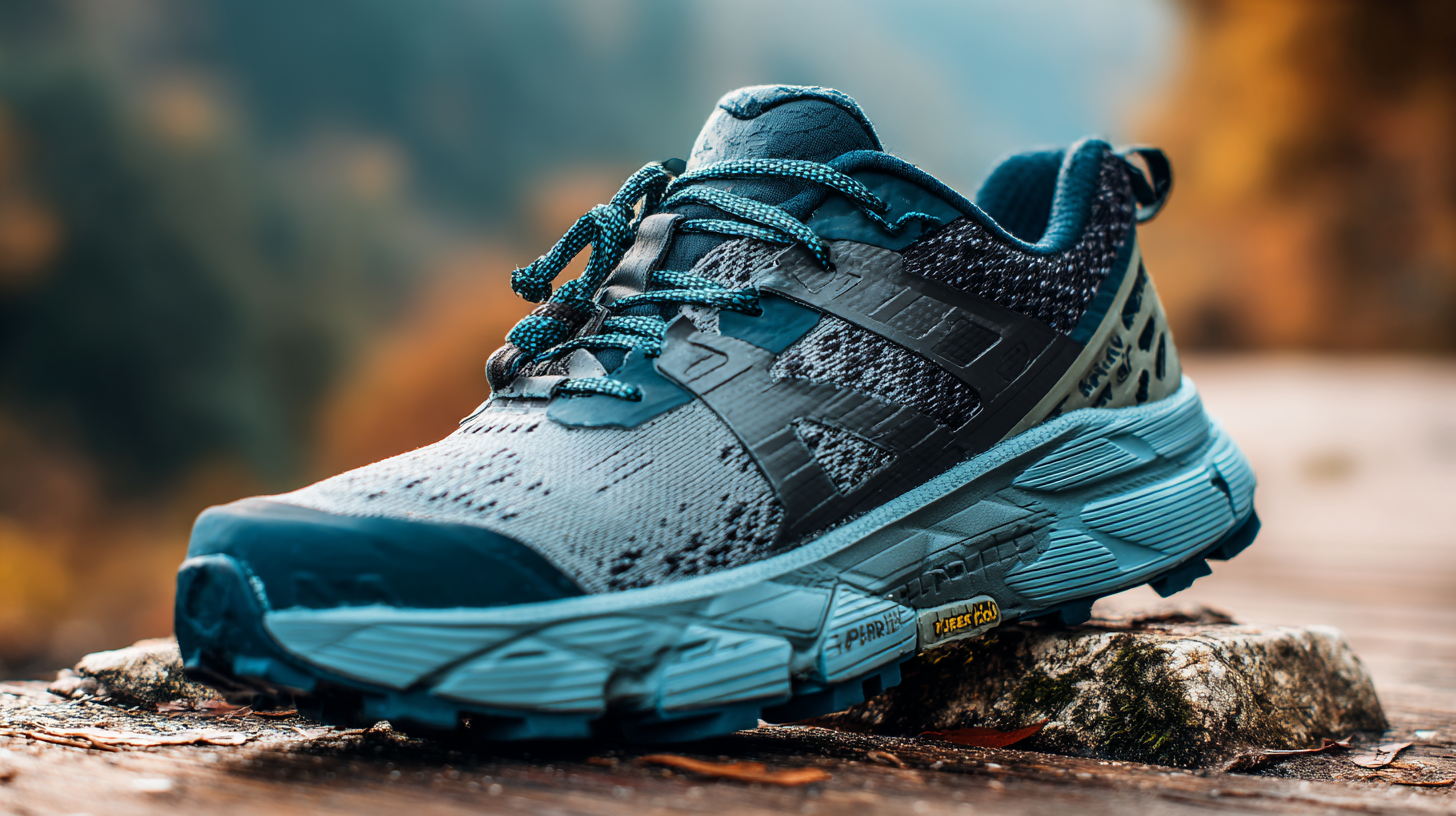
When choosing the right outdoor running shoes to boost your performance and comfort, several key features should be prioritized. First and foremost, make sure to select shoes that offer excellent cushioning. This helps absorb impact and provides a comfortable ride on various terrains, reducing the risk of injury. Look for shoes with responsive midsoles that adapt to your foot's natural movements and provide a springy feel as you run.
Another important feature to consider is traction. Outdoor running often involves varying surfaces, from smooth pavement to rugged trails. Opt for shoes with a durable outsole that has aggressive lugs or patterns, ensuring you maintain grip and stability regardless of the landscape. A solid grip can prevent slips and enhance your confidence while navigating tricky paths.
Also, don't underestimate the importance of breathability. A well-ventilated shoe keeps your feet cool and dry, especially during long runs in warmer weather. Materials such as mesh can improve airflow and help in moisture management, contributing to a more enjoyable running experience. Prioritize trying on different brands and models to find the perfect combination of these features that caters to your specific running needs.
Choosing the right size and fit for your outdoor running shoes is crucial for ensuring optimal performance and comfort. When trying on shoes, start by wearing the same type of socks you plan to run in. This will give you a more accurate feel for how the shoes will fit during your runs.
It's important to measure both feet, as one may be slightly larger than the other; always choose the size that accommodates the bigger foot. Make sure there's about a thumb's width of space between your longest toe and the front of the shoe to allow for natural foot movement during your stride.
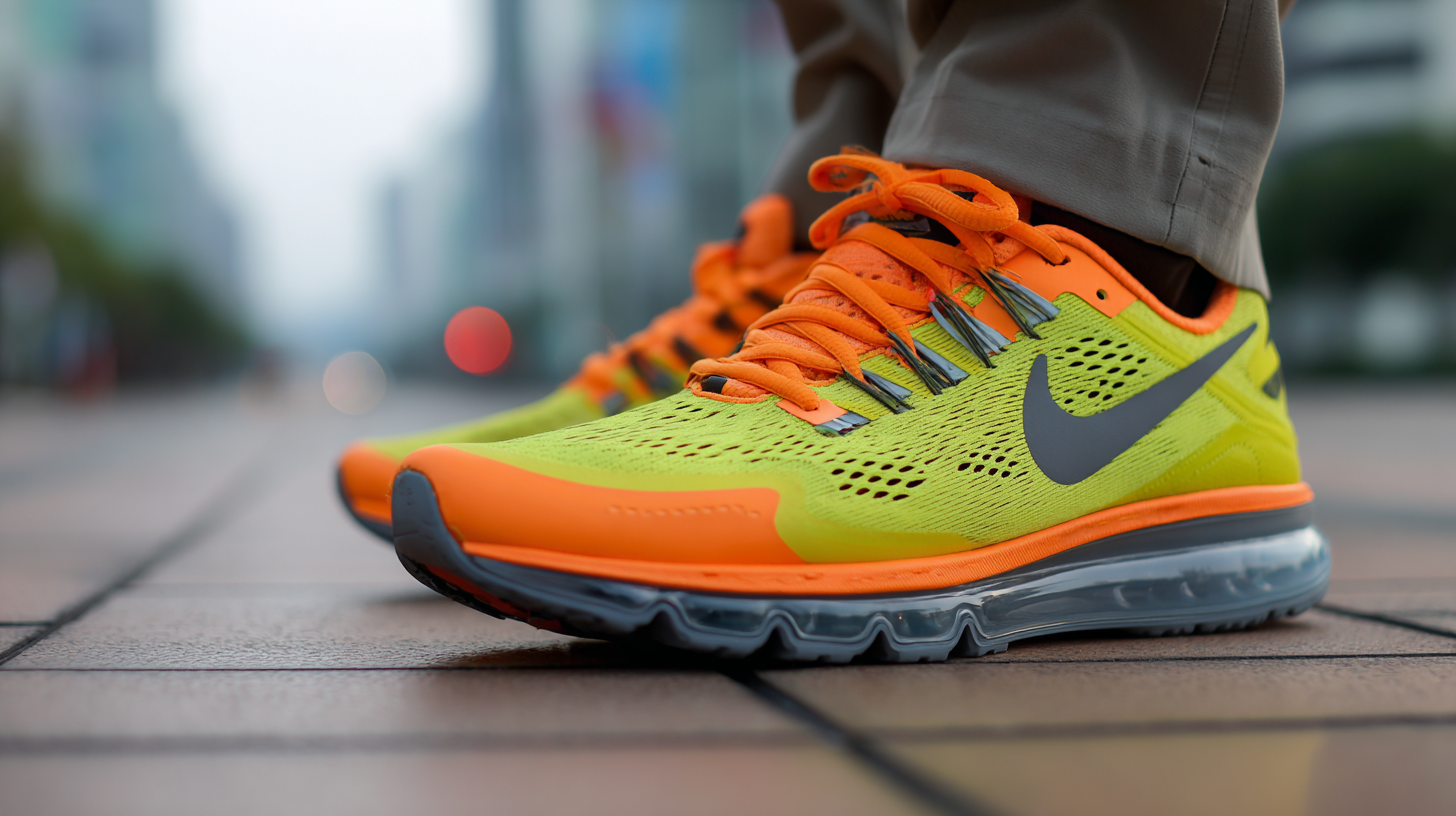
Additionally, pay attention to the width of the shoe. Many brands offer various width options, so choose a width that allows your foot to sit comfortably without feeling cramped. After lacing up, test the fit by walking around the store; your heel should remain snug in the back of the shoe without slipping.
Lastly, ensure that the arch support matches your foot type—people with flat feet require more support compared to those with high arches. Taking these tips into account will help you find the perfect running shoes to boost your performance while keeping comfort a top priority.
When selecting the best outdoor running shoes, one cannot overlook the pivotal role of materials. Breathability and durability are paramount, especially for those who log extensive miles on varying terrains. According to a report by the American Podiatric Medical Association, shoes that integrate mesh uppers allow for optimal airflow, reducing moisture buildup by up to 30%. This is crucial in preventing blisters and enhancing overall comfort during prolonged runs.
Moreover, the durability of the outsole fabric can significantly impact performance. Studies indicate that advanced synthetic materials, like rubber compounds and EVA foam, can extend the lifespan of running shoes by as much as 50%. Runners who frequently engage on rugged trails or uneven surfaces must pay attention to the durability of their shoe materials to ensure safety and support. Noteworthy brands are increasingly focusing on these attributes, providing runners with options that not only look good but also perform exceptionally well in different conditions.
When choosing outdoor running shoes, understanding the different types of cushioning is crucial for enhancing your performance and comfort. Research indicates that shock absorption in running shoes plays a significant role in reducing the impact forces on your body during each footstrike. For runners seeking optimal support, shoes designed with specialized cushioning systems can alleviate strain and make long distances feel more manageable. A study found that runners using shoes with medium cushioning experienced fewer injuries compared to those in overly cushioned or minimal footwear.
For those with unique running styles, the choice of cushioning can further influence comfort and efficiency. For example, runners who overpronate may benefit from supportive models designed to provide stability while maintaining shock absorption. The latest evaluations reveal that shoes with a balance of cushioning and support tend to be the most effective for a wide range of runners, making it essential to consider your foot arch and running biomechanics when selecting your footwear. Prioritizing these aspects can lead to a more enjoyable and less injury-prone running experience.
| Shoe Model | Cushioning Type | Weight (oz) | Drop (mm) | Terrain Preference | Ideal For |
|---|---|---|---|---|---|
| Model A | Max Cushioning | 10.5 | 8 | Road | Long Distance |
| Model B | Moderate Cushioning | 9.0 | 10 | Trail | Trail Runs |
| Model C | Minimal Cushioning | 8.0 | 4 | Road | Speed Work |
| Model D | Plush Cushioning | 11.0 | 12 | Mixed | Marathon |
| Model E | Responsive Cushioning | 9.5 | 6 | Road | Daily Training |
| Model F | Intermediary Cushioning | 10.0 | 8 | Trail | Casual Runs |
| Model G | High Cushioning | 10.5 | 6 | Road | Recovery Runs |
When it comes to outdoor running, selecting the right shoes can significantly influence your performance and comfort. Experts recommend focusing on key features such as cushioning, traction, and fit when evaluating the best options for 2023. Here are seven top-rated outdoor running shoes that can elevate your running experience. Each pair has been meticulously designed to cater to various terrains, ensuring durability and support, while also maintaining breathability.
Tips for Selecting Outdoor Running Shoes: When shopping for running shoes, always consider your foot type and running style. If you have a neutral foot strike, look for shoes with moderate cushioning, while overpronators might benefit from structured support. Remember to try on shoes at the end of the day when your feet are slightly swollen for a better fit. Lastly, testing the shoes on a treadmill can help you gauge comfort levels before making a purchase.
To further enhance your performance, it's crucial to replace your running shoes regularly. Running in worn-out shoes can lead to injury and discomfort. Experts suggest replacing your shoes every 300-500 miles, depending on your running frequency and the terrain. Choosing the right pair can make all the difference, allowing you to enjoy your runs while minimizing the risk of injuries.
